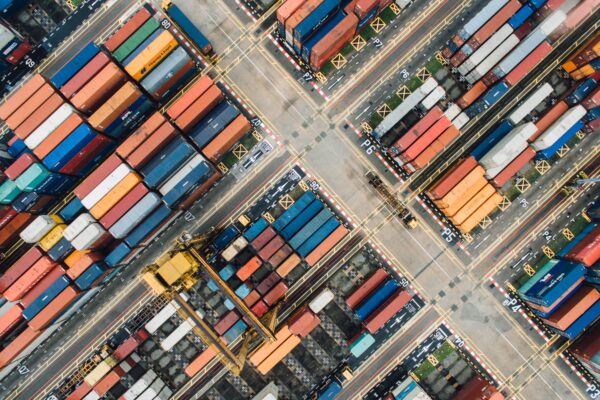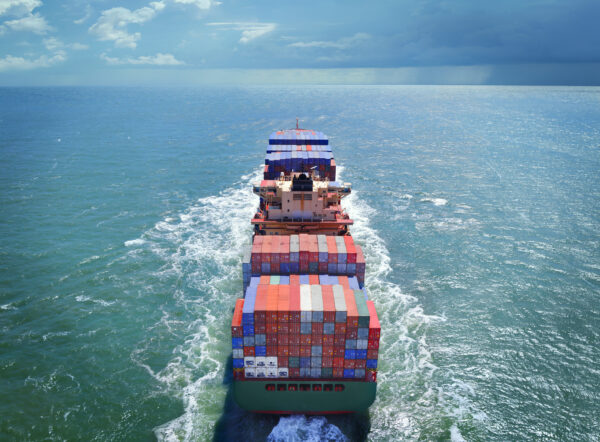Zencargo Market Update: 3rd May
May 03, 2022
Scroll to find out more
May 03, 2022
Scroll to find out more

Official data released on 30th April shows that manufacturing and services activity in China was at its lowest level since the start of the pandemic in early 2020.
China’s Non-manufacturing Purchasing Managers Index (PMI) fell from 48.4% to 41.9% in April. The Manufacturing PMI decreased from 49.5% to 47.4% in March. China’s Steel PMI decreased from 44.3% in March to 40.5% in April. The drop shows the slowdown of activity in manufacturing and services in China.
There have been reports that freight traffic volumes in the Shanghai metropolitan area decreased by 81% year-on-year in the first three weeks of April. The neighbouring Jiangsu province recorded a decrease of 30% year-on-year. Nationwide, freight volumes decreased 15% year-on-year in April.
Ocean
Air
Central China to USA and Europe
North China to USA and Europe
South China to USA and Europe
Road
Ocean
Air
Ocean
Road/Rail
European Bank Holidays
We anticipate a shortage of availability and the occurrence of delays around the bank holiday periods. Plan ahead and allow extra time for your products to be delivered.
April 25th – BG, BA, GR, IT, MD, ME, PT, RO, RS, UA
April 27th – NL, SI
May 1st – AT, AD, BE, BG, BA, BY, CH, CZ, DE, ES, EE, FR, FI, FL, GR, HU, HR, IT, LU, LT, LV, MD, ME, NO, PT, PL, RO, RU, SE, SK, SI, RS, TR, UA
May 2nd – BG, BA, GB, GR, IE, MD, ME, RU, SI, RS, TR, UA
May 3rd – BY, PL, RU, RS, TR
May 4th – LV, TR
May 5th – EE, NL
May 6th – BG, DE
May 8th – CZ, FR, SK
May 9th – BA, BY, LU, MD, RU, UA
May 10th – BA*
May 13th – DK
May 17th – NO
May 19th – TR
May 21st – ME
May 22nd – ME
May 24th – BG
May 26th – AT, AD, BE, CH, DK, FR, FI, FL, NO, NL, SE
May 30th – GB, HR
*Not in all regions
The route ahead
The information that is available in the Weekly Market Update comes from a variety of online sources, partners and our won teams. Click below to learn more about how Zencargo can help make your supply chain your competitive advantage.

In Focus: Tensions in the Middle East continue Over the past week, tensions hav...

In Focus: A market outlook Rolf Habben Jansen, CEO of Hapag Lloyd, anticipates...

In Focus: Carriers announce GRIs in April Following the Chinese New Year holida...